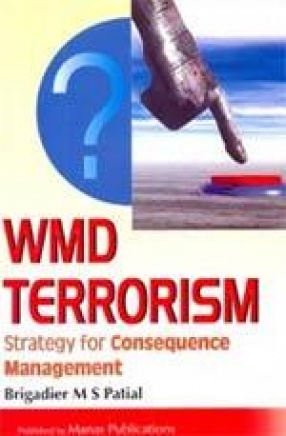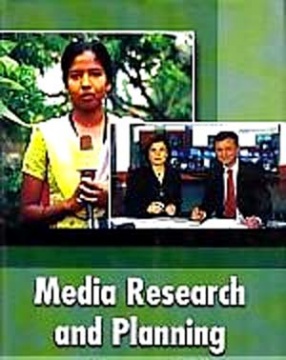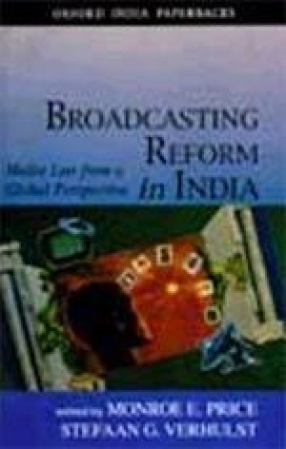One of the debated aspects of the study of terrorism over the last few years has been the likelihood of using weapons of mass destruction (WMD) by terrorists. A rash of terrorist spectaculars, pushing as never before the possibility of WMD use by non-state actors into the spotlight, has brought the immediacy of the question home, Aum Shinrikyo’s Sarin gas attack on the Tokyo subway in March 1995 represented the first large-scale use of mass-casualty weapons by a non-state actor for the express purpose of causing large numbers of deaths and injuries. These attacks make the questions of potential use of WMD by terrorists and important and timely one, especially an important and timely one, especially when considered in the light of the explosion in information technology availability and growing concerns over proliferation and material control issues. The level of physical destruction, injury and loss of life these weapons is so great that the potential for acquisition and use by terrorists warrants serious consideration. India has been facing insurgencies and terrorism since independence, and with the availability of WMD technologies in its neighborhood, there is an urgent need for us to analyse the threat of WMD falling into the hands of terrorists and its likely use against the Indian people. Preparations for mitigating the consequences are in itself deterrence. India needs to evolve a strategy for consequence management of WMD terrorism.
Media Research and Planning
$48.60
$54.00





There are no reviews yet.